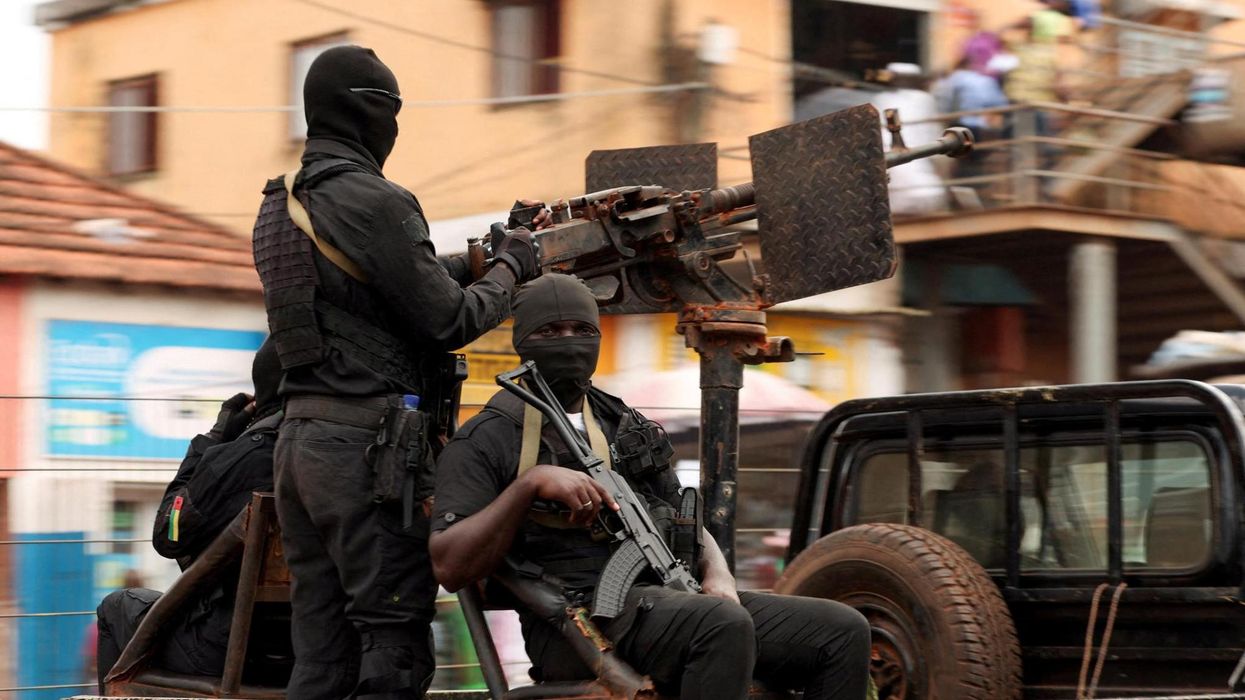New Gallup polling indicates that, for the first time, a minority of Americans — only 46% — are sympathetic toward Israelis. The percentage is the lowest recorded in Gallup’s 25 years of tracking the issue via its annual World Affairs Survey.
While the polling shows that Americans are more sympathetic toward Israelis over Palestinians overall (46% vs. 33%), U.S. adults are reporting they are more sympathetic toward Palestinians, up 6% from last year.
Americans’ views are largely split by political affiliation, according to Gallup. Republicans remain broadly supportive of Israelis, with 75% sympathizing with them over the Palestinians. Democrats, meanwhile, now side with Palestinians over Israelis by an almost 3-to-1 ratio (59% vs. 21%).
And a majority of Americans support the establishment of an independent Palestinian state, though Democrats (76%) and Independents (53%) support the idea more than Republicans do (41%).
Americans’ increased Palestinian sympathies follow an extended Israeli war on the Gaza strip, that has killed more than 48,000 Palestinians and wounded 110,000 others, though bodies are still being recovered from the rubble.
Previous polling suggests Americans’ changing attitudes toward the Israel-Palestine issue can impact election results. Indeed, a mid-January YouGov poll backed by the Institute for Middle East Understanding (IMEU) Policy Project indicated the Biden administration's Gaza policy was a top reason 2020 Biden voters stayed home in 2024, costing then Democratic presidential nominee Kamala Harris critical votes.
- Poll: Most Americans don't want to send troops to defend Israel ›
- Bombs, guns, treasure: What Israel wants, the US gives ›
- Poll: 41% of Americans say Israel committing genocidal acts in Gaza | Responsible Statecraft ›
- Another poll shows Americans’ declining support for Israel | Responsible Statecraft ›
















